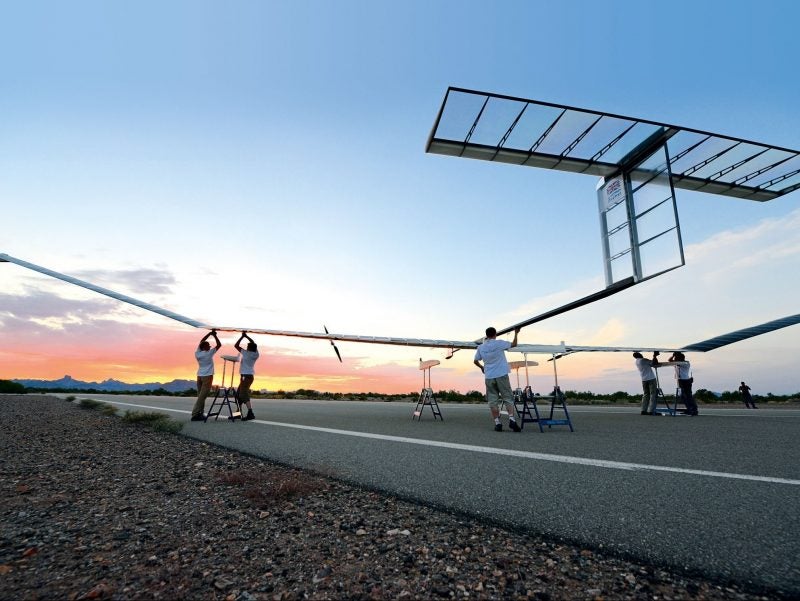
An Airbus Zephyr high-altitude pseudo-satellite (HAPS) Unmanned Aerial System (UAS) has crashed while on a test flight in Australia, marking the second crash this year.
In a statement sent to Air Force Technology Airbus confirmed the crash occurred on 28 of September.
The UAS was being launched from an airstrip in Wyndham, Australia, when the crash occurred. Previously this year another Zephyr crashed after experiencing turbulence on take-off.
Airbus said: “During the ascent, we encountered clear air turbulence and the aircraft departed from controlled flight. There was no damage to people or property, and the aircraft has been recovered.
“We have informed the relevant authorities and initiated an investigation. Yet, at this time we are unable to comment further.”
The Zephyr is designed to provide pseudo-satellite capabilities, with the drone’s light weight and 25m wingspan allowing it to stay in the air for extended periods. The UK Ministry of Defence confirmed to Air Force Technology that it had purchased three of the drones.
How well do you really know your competitors?
Access the most comprehensive Company Profiles on the market, powered by GlobalData. Save hours of research. Gain competitive edge.

Thank you!
Your download email will arrive shortly
Not ready to buy yet? Download a free sample
We are confident about the unique quality of our Company Profiles. However, we want you to make the most beneficial decision for your business, so we offer a free sample that you can download by submitting the below form
By GlobalDataAirbus has previously described the capabilities of the drone saying: “It provides persistent surveillance, tracing the world’s changing environmental landscape and will be able to provide communications to the most unconnected parts of the world.”
The solar-powered drones are designed to provide persistent ISR using the UAS’s maximum 45 day flight time. During tests the drone has so far reached a 14-day flight duration. The drone theoretically will save costs involved with traditional unmanned aerial vehicles and fly at an altitude of around 70,000ft. When operational the drone will be able to carry a 5kg payload.
Airbus says it is testing the drone at Wyndham due to ‘its largely unrestricted airspace and reliable weather’.
QinetiQ originally designed the Zephyr in 2003; Airbus later acquired the programme and continued its development. The MOD placed its first purchase of two Zephyr drones in 2016.
Outside of military ISR use, the drone is also capable of monitoring natural disasters such as wildfires and oil spills.







